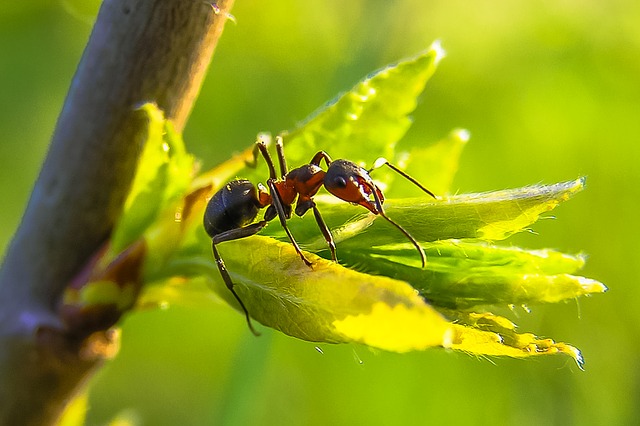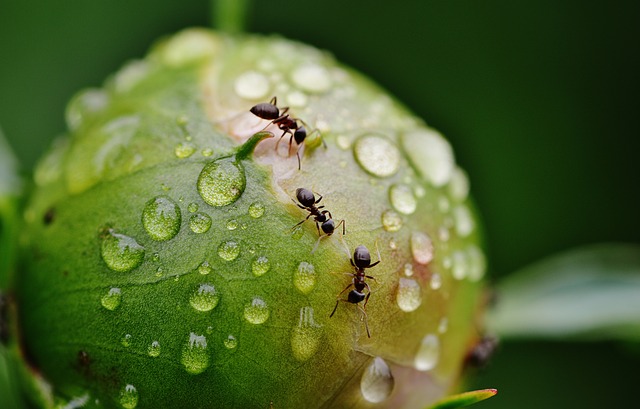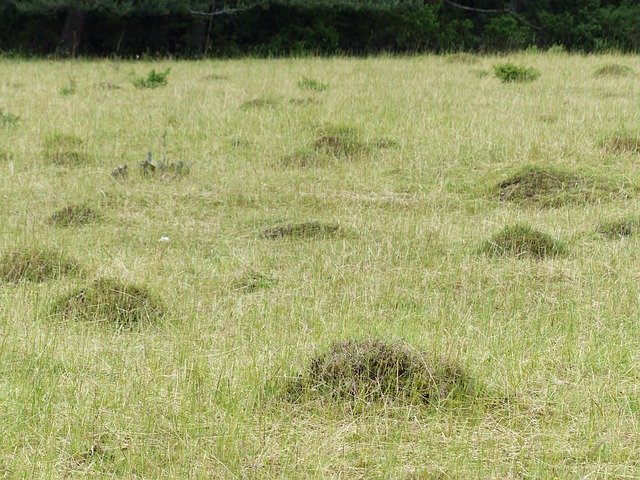Having ants in your garden or house is a very commonplace thing here in the UK. Knowing that there are different ant species UK though, is something not too many people are clued up about. There are a couple of different UK ant types, from household ants to garden ants. Here we’re going to take a closer look at species of ants in the UK.
Knowing the different ant species UK will help you to be clued up on ant habits. That will make your ant control measures a whole lot easier.
The Most Common Ant Species UK
Ants are insects that have the highest level of organisation across all animal societies. They belong to the same family and same order as bees and wasps. There is estimated to be around 22,000 different ant species that have existed on our planet, and they exist on almost every continent, except Antarctica. That is why an ant infestation is among the most common pest problem for UK home-owners.
Ants found in the UK are the ones which most commonly invade our homes looking for food. Ant species UK include the black garden ant, the pharaoh ant, Roget’s ant and ghost ant. Of course there is always the possibility of other ant species UK being a pest to you, and if this is the case you should get in touch with a professional ant controller.
- Black Garden Ant –The common black garden ant, normally found nesting in patios, along the edges of lawns and in fact almost anywhere. The workers are 3 to 5mm long with glossy black bodies.
- Red Ant – Deep red in colour and deliver a painful sting. They’re very aggressive and would more likely attack than run away.
- Carpenter Ant – These ants prefer to build their nests in dead, damp wood. They typically infest wooden buildings and structures, causing big problems from structural damage.
- Pavement Ant – An aggressive and territorial species, these ants dig out the sand between paving stones in summer. They are a deep brown colour. The drones have wings and are twice the size of the wingless workers.
- Yellow Meadow Ant – They build mounds in lawns and can be confused with red ants because of their colouring.
- Pharaoh Ant – The most famous ant for being a nuisance inside our homes and other places, such as hospitals. These ants have wings, are small and have a yellow or light brown colour, almost seeming transparent.
- Wood Ant – These ants are large, aggressive and attack by biting if they’re disturbed. They live in large colonies.
- Roger’s Ant – These ants look very similar to Pharaoh ants in their appearance, but they are wingless. They are the same length, and have a light reddish brown colour.
- Ghost Ant – The smallest ant species UK, ghost ants only grow to 1.6mm long at best, and have semi-translucent bodies.
- Slave Maker Ant – The largest ant found in the UK. The queen will kill the queen of another ant species colony and steal ants to use them as workers. They are deep red and black in colour.
Signs Of An Ant Infestation
Now you know the different types of ants in the UK that can cause you a problem, it’s time to look at the different signs of ant infestations.
In the garden, ants will build their nests under the lawn. This causes eruptions in the form of earth mounds because the earth pushed upwards as the ants excavate. You won’t be able to miss one if you see it. If you see one, deal with it right away. Otherwise there are likely to be more as the infestation increases. If the ant hills are made by red ants, these can pose a singing threat to your family and your pests.
Ants won’t hide from humans because they don’t associate us with danger. This means we can spot them pretty easily. A good test to see if you are having an ant control problem is to leave food out for them. Pet food, sugar or grains are all a problem if left out, because they attract ants, and if they spot it they will gather around the food. Seeing just one ant doesn’t mean you have a full blown infestation yet, but is.a sign you may do soon. You can look around the area to see if you can spot their nests. Or spot any pheromone trails they may have left behind.
Preventing An Ant Infestation
If you usually have a problem with ants in your home during the summer, this year may be the ideal time to use ant prevention to stop a problem from happening. Prevention is always better than the cure when it comes to pest control.
- Find and seal entrances – Cracks, foundation gaps, holes, cracks in the windows and the space under doors are all perfect entry points for ants. Because of how tiny ants are, they can use the smallest cracks and crevices to gain access. If you follow the trail of ants in your home to find the entry point, you can seal the entrance with caulk.
- Use talcum powder – Talc is a very effective barrier to prevent ants from coming into your home.
- Kill the scout ant – Before the whole ant army descends on your home, the colony send out one scout to look for a food source. That one solitary ant walking around will be the scout. If that scout doesn’t make it back to the nest, it won’t be able to lead the others to your home.
- Store food properly – Having concrete food storage techniques is vital for ant prevention. Ants are very attracted to food, so storing all food properly means they have nothing to attract them into your home.
- Use home remedies – A small ant problem can be easily treated with home remedies. Lemon is a popular treatment because it is generally safe for children and pets. It is a great deterrent for ants. You can also use vinegar and water to spray around your home.
When all else fails to treat the ant species found in your home and gardens, it’s best to get in touch with us here at Empire Pest Control. Our team are on hand 24/7 and offer discrete anytime pest control services. Get in touch with us today to find out more about our ant control methods and services.






Leave a Reply